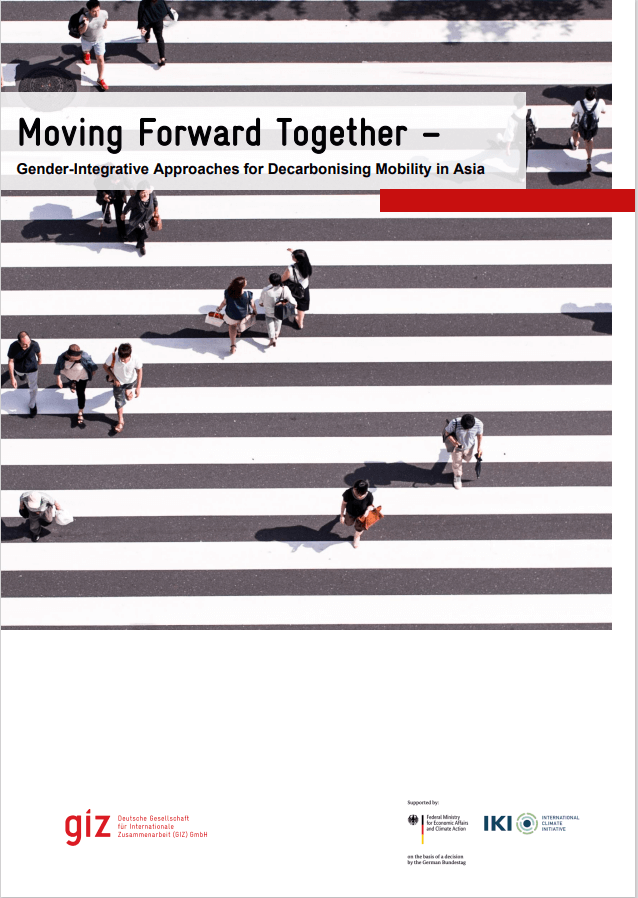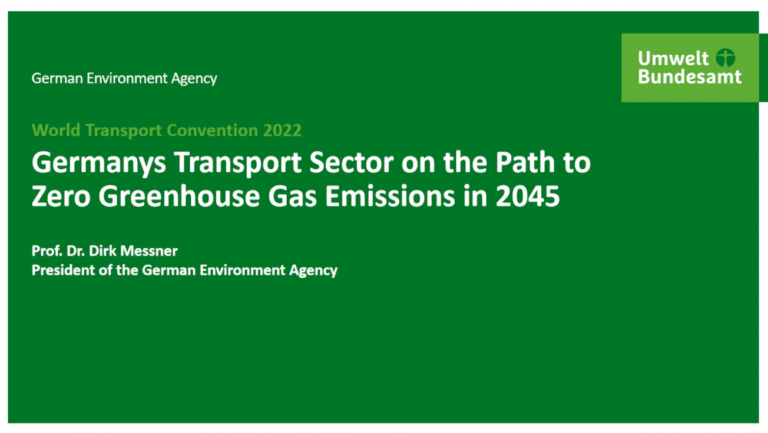Climate change is a global problem. The goal of carbon neutrality has been proposed by many countries to limit global warming and to avoid catastrophic consequences. To achieve this goal, many countries have taken actions to reduce greenhouse gas (GHG) emissions in various industries through various climate-related laws and guidelines. China has actively responded to the challenge of climate change, assumed its international responsibilities in line with its national conditions, and incorporated the carbon dioxide peaking and carbon neutrality goals into its overall economic and social development roadmap. In 2020, China has set the goal of “striving to peak CO2 emissions before 2030 and achieve carbon neutrality before 2060” (“dual carbon” goals). Since then, China has been actively promoting the implementation of carbon dioxide emission peaking initiatives and accelerating the long-term program of carbon neutrality.
The transport sector is a key sector with regards to fossil fuel consumption, and its energy consumption and GHG emissions have been widely concerning. In recent years, China’s transport sector has made great efforts in promoting energy conservation and emission reduction, and has achieved significant results. However, there are still many problems and challenges existing in the field of transport which need to be managed, in order to accelerate the processes of energy saving and carbon reduction, and promote the realization of carbon dioxide peaking and carbon neutrality.
To this end, this research systematically analyzes the status quo of China’s transport development in terms of transport volume, equipment and infrastructure development, and then assesses the status quo of transport-related carbon emissions based on energy consumption. This research further summarizes major climate targets, as well as policies and measures in China’s transport sector, and identifies major challenges regarding carbon emission reduction in China’s transport sector. The European Union (EU) and Germany have set ambitious climate goals and have taken various initiatives aiming to reduce GHG emissions in the transport sector, which are considered to be successful and valuable experiences. This research summarizes the main emission reduction strategies and key initiatives in the EU and Germany. Additionally, it also includes findings from in-depth interviews on the formulation of climate targets and emission reduction strategies and paths for transport sector, and recommendations on emission reduction measures. The interviews were conducted with Chinese and German experts from the fields of climate policy, energy strategy, green transport, civil aviation technology, urban transport and regional transport administration. Based on the current and developing context of China’s transport sector, this research will provide a basis for decision-making and can also serve as a reference for promoting China’s transport sector to achieve carbon dioxide emission peaking at the lowest possible level, as early as possible. The research also provides insights on the formulation of energy-saving and emission reduction policies, including the optimization of transport structures, the promotion of green travel, the improving of energy efficiency, and the overall application of new energy.





